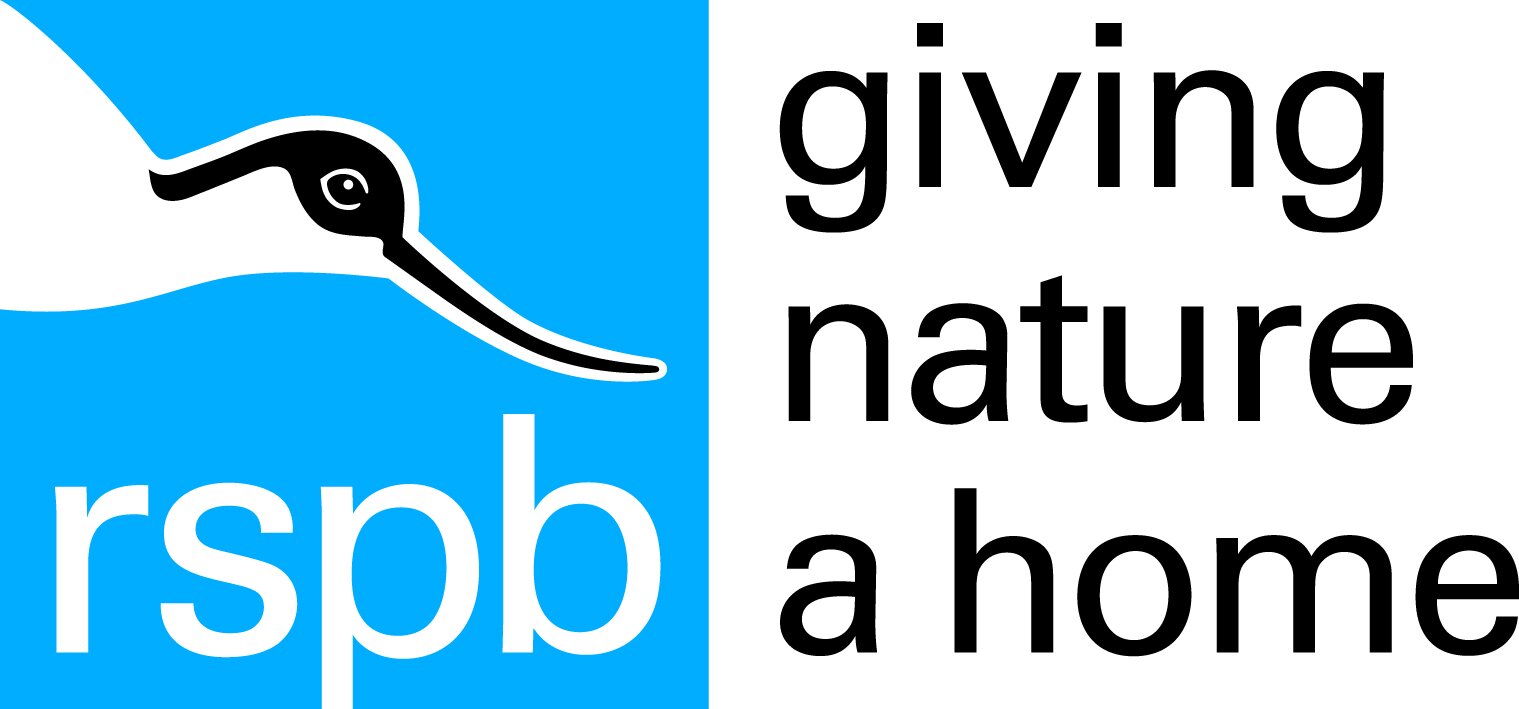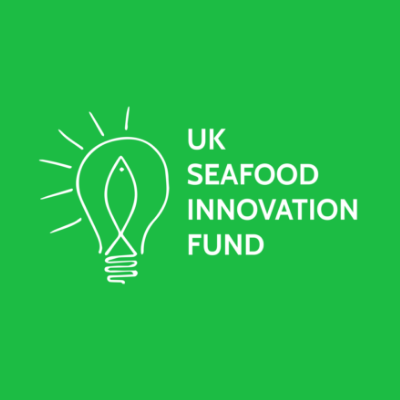Contributor: Yann Rouxel, Bycatch Project Officer, The Royal Society for the Protection of Birds (RSPB)
Whilst many Data Storage Tag applications involve tagging creatures directly; others, such as The RSPB’s project looking at minimising seabird bycatch, sees G5 Long-Life tags attached to floated demersal longlines. Commencing in January 2020, the project set out using the DSTs to identify the sinking profile of commercially used floated demersal longlines used notably by fishing vessels in offshore Scottish waters (UK Seafood Innovation Fund, 2020).
Almost a quarter of the global seabird population is at risk of bycatch; and longlines, when sinking slowly, make baits readily available to foraging seabirds in surface waters (UK Seafood Innovation Fund, 2020).
Inserting the DSTs into a specially-designed protective housing protected them from physical damage whilst attached to the lines. Applying the DSTs directly to the fishing gear (Fig. 2) helped the project team to determine its sinking speed which in turn informs bycatch vulnerability for seabirds.
Fig 1. A G5 Long-Life DST being inserted into a Protective Tag Holder
Fig 2. Photo credit: Juan Pablo Forti
The optional Dive-Logging feature utilised means that the 2Hz fast logging data block could be activated using the wet switch, rather than using the standard sample rate, which would have filled the memory with non-relevant data from before the longline was submersed and after it was brought back in. In addition to the benefit of preserving memory space for critical dive profiles and the consequent saving of battery life, it also facilitated more flexibility when it came time to physically dropping the lines, as recording was triggered by entry to the water rather than a pre-determined time.
The deployed tags were retrieved from the longline after each fishing operation; data was downloaded, and then tags were redeployed. The data retrieved from the tags will contribute towards the development of effective seabird bycatch mitigation measures.
The project has since been finished and the team is now exploring potential follow-up projects, to develop and test at-sea bycatch mitigation measures including of longline designs that sink faster.
This project was funded by the Seafood Innovation fund (SIF), thus was presented on the SIF website:
The RSPB’s official Twitter page: https://twitter.com/Natures_Voice
The RSPB’s official Facebook page: https://www.facebook.com/RSPBLoveNature/
BirdLife International on Twitter: https://twitter.com/BirdLife_News
The UK Seafood Innovation Fund on Twitter: https://twitter.com/SeafoodFund
References
UK Seafood Innovation Fund (2020), Developing a floated demersal longline design that minimises seabird bycatch, Accessed 24th June 2020 [https://www.seafoodinnovation.fund/projects/developing-a-floated-demersal-longline-design-that-minimises-seabird-bycatch-fs031/]







